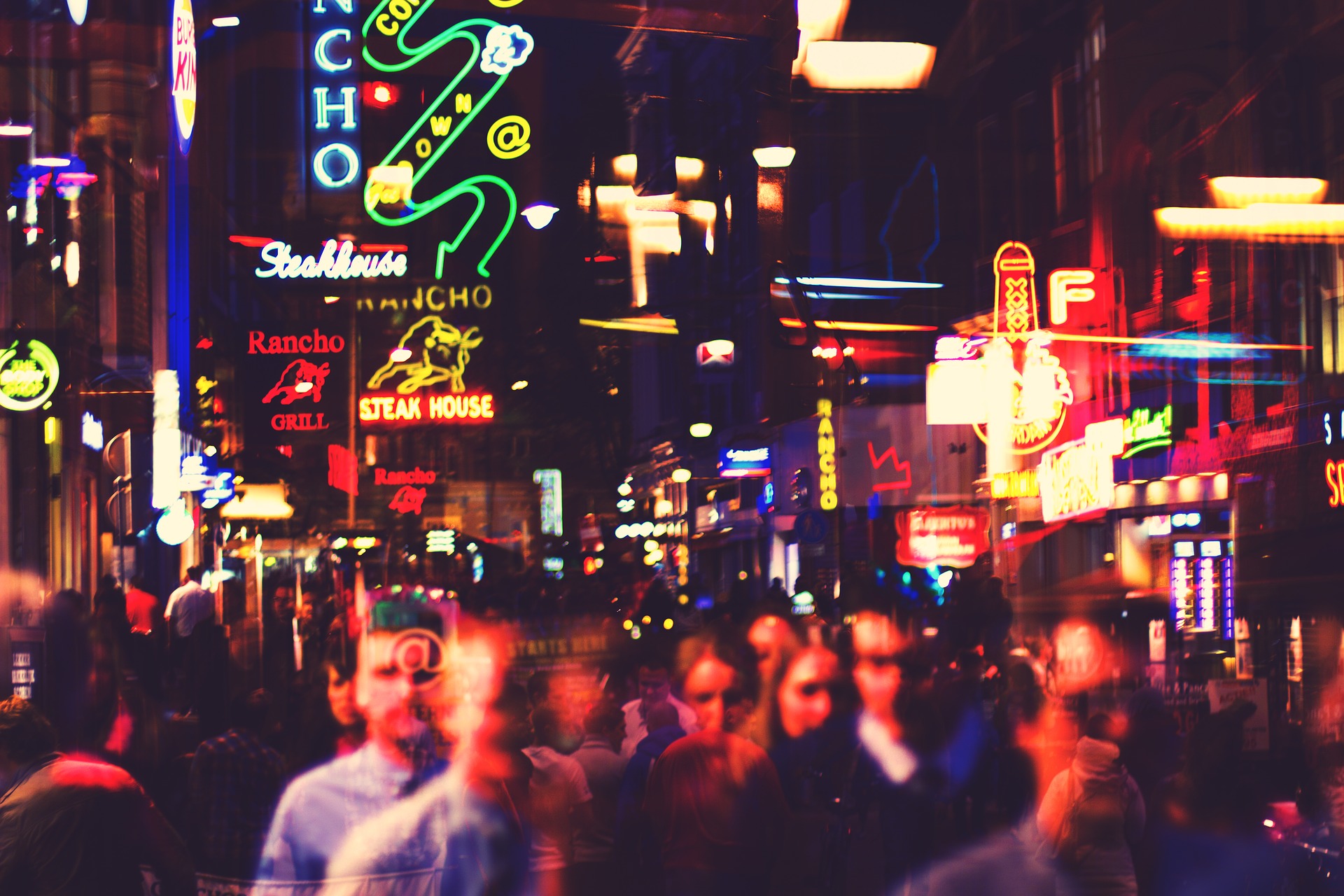Will popular European cities such as Berlin, Barcelona or Amsterdam soon be captivated again by tourists as the flow of tourists increases? It is possible, but it is the Dutch capital that declares war on the problem of over-tourism. And this is at a time when the tourism industry has been suffering for months.
Amsterdam is almost the only city that has been facing mass tourism for years. Venice is another community that is trying to fight the masses of visitors. From August 1, 2021, cruise giants are no longer allowed to moor the city’s lagoon and use the Giudecca Canal. Vessels weighing more than 25,000 tons are no longer allowed to moor. This means that only small passenger ferries and cargo ships can use the Giudecca Canal to reach the historic center of Venice.
In Amsterdam, on the other hand, a group of citizens, the tourism industry and the city, the mayor of Amsterdam Femke Halsem, compiled a catalog of events “Stad in Balans”, which offered a total of 88 events and was presented in November. These include, for example, restrictions on the number of tourists, fees for one-day tourists, higher fees for budget airlines or ideas on how to lure tourists to areas other than the city center.
According to the report, for months the civic initiative “Amsterdam has a choice” has appealed to the city to impose restrictions on tourists. Twelve million instead of 22 million overnight stays should still be allowed. It was signed by 30,000 residents. Last week, the petition was adopted by the city council in the form of a resolution entitled “Toerisme in Balans”. Thus, Amsterdam became the first city in the world to limit the growth of the tourism industry.
In particular, the resolution provides for a corridor of 10 to 20 million tourist nights with 12 and 18 million as signal values. “The strength of this decision is that we have agreed on how many tourists we think are really useful for Amsterdam,” said Rainier van Danzig, leader of the parliamentary group of the left-liberal Democratic 66 party. The lower limit is important for tourists because there are currently too few visitors in Amsterdam, and the upper limit serves to ensure that the situation does not get out of control.
The City Council makes an annual forecast of tourist nights for the current and two future years, as well as the balance for the previous year. If the number of overnight stays approaches the signal values, a strategic plan must be drawn up within six months, containing measures such as regulating the rent of private rooms or changing the tourist tax. In addition, every two years the municipal council will be informed about the quality of life in urban areas.

